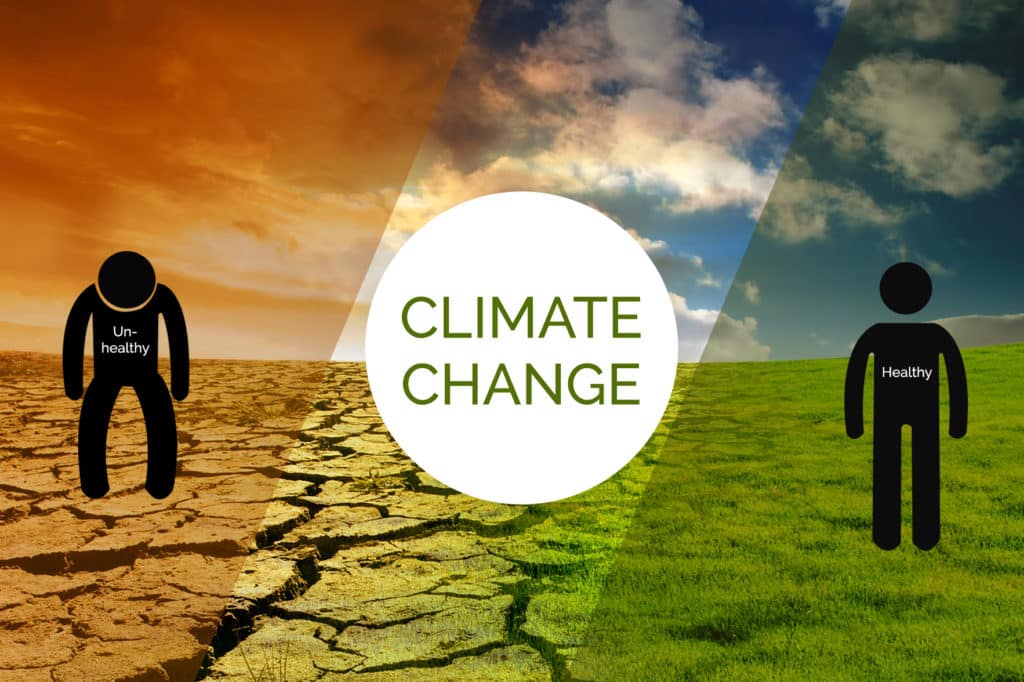
Climate change is a big deal for a number of reasons, and one of the biggest is its impact on human health. Warming temperatures, wildfires, rising sea levels and droughts all cause or exacerbate debilitating health conditions that threaten not only at-risk sectors of society but also you and me. The health risks certainly are greater among vulnerable groups of people, such as the elderly, infants, the poor and the ill, but as temperatures continue to climb, increasing numbers of the general population are at risk as well. The most serious health threats we face include the following.
1. Vector-borne Disease
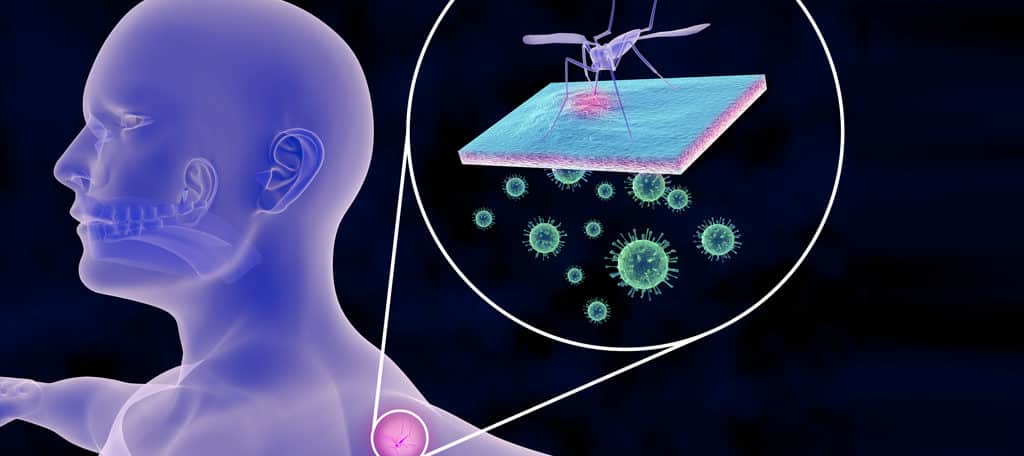
Vectors are parasites like rats, fleas, mosquitoes and ticks. They carry pathogens from one host to the next, leaving behind viruses, bacteria, or protozoa that cause illness. Heat and moisture provide ideal breeding conditions for many vectors, and warmer temperatures support the wider distribution of the pathogens and their carriers.
Changes in climate and water supply bring unfamiliar diseases to population sectors that are not prepared to deal with them. In 2015, researchers discovered that a species of mosquito that spreads Nile and Zika viruses is surviving the winters as far north as Washington, D.C. This species used to die out each year when the mercury went down, according to an article in Atlantic Monthly. Researchers believe this is due to rising temperatures worldwide that are broadening the habitats of pathogens and vectors, putting more people at risk daily.
2. Respiratory Disease

Climate change affects the air we breathe. Although heightened C02 levels from greenhouse gas emissions promote plant growth, many plants and trees emit seasonal pollen. People allergic to pollen are likely to suffer as more plants produce more allergens. A higher concentration of pollen in the air increases people’s risk for asthma and other serious respiratory diseases.
Millions of people die from respiratory illness resulting from air pollution, according to the World Health Organization. Many sources of greenhouse gases are also the major sources of air pollution, such as coal-fired energy plants, industrial manufacturing and transportation. Pollution can worsen the condition of those with existing respiratory disease, making it difficult for them to get the oxygen they need to survive. In recent years, raging wildfires in dried-out terrain create clouds of smoke that affect people’s breathing for miles around.
3. Temperature-related Death
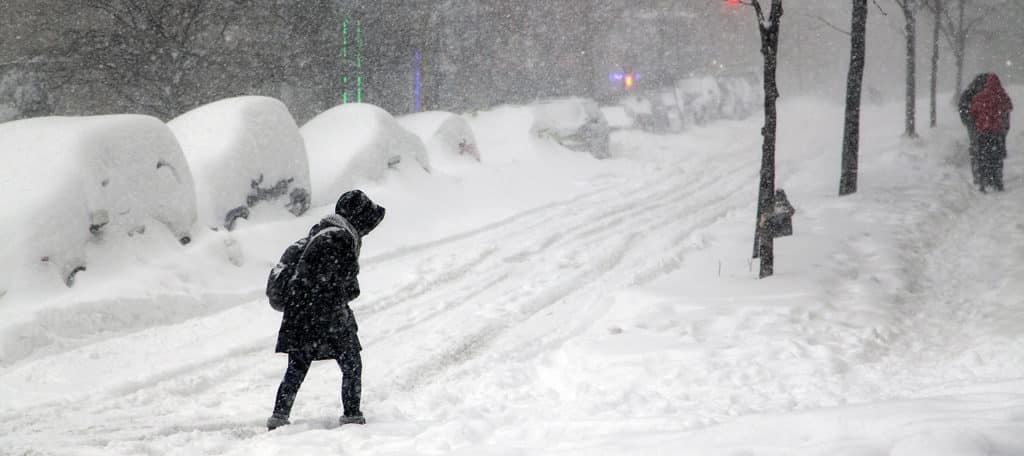
Extreme heat is just as punishing to the human body as extreme cold, and warmer temperatures directly impact the health of those who live in hot spots. When overheated, the body’s natural cooling mechanisms, like perspiration, cannot regulate internal temperature efficiently, especially if humidity is high. As a result, people become dehydrated, suffer from heat exhaustion, and in severe cases, succumb to heat stroke.
A prolonged heat wave with little respite from hot temperatures at night can impact the organs and other systems in the body. Preliminary findings suggest that the kidneys in particular sustain damage, according to Scientific American. In addition, some medications react negatively to hot weather. Vulnerable populations whose natural defenses are weak suffer the most from these temperature extremes.
4. Injuries From Extreme Events
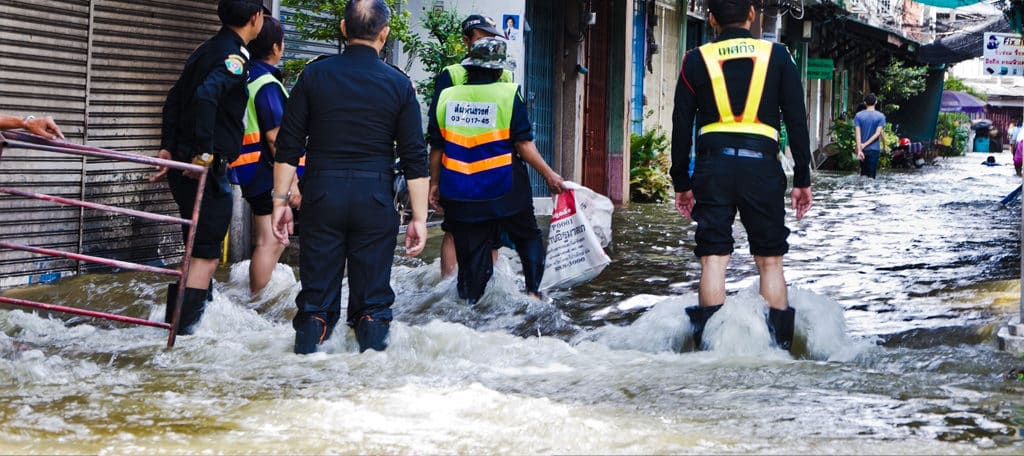
Catastrophic events tied to global warming put large numbers of people at risk for injury and death. Fires, floods and rising sea levels pose significant dangers and create long-term risks. For example, flooding causes changes in terrain that pose challenges for pedestrians and cyclists. Floodwaters weaken structures over the long-term as rot sets in, and rising sea levels compromise seaside homes and businesses, increasing the danger of injury for inhabitants. Cleanup crews in the aftermath of wildfires are at risk of being burned and suffering from smoke inhalation.
5. Water-related Illness

Changes in fresh and seawater resources, brought about by global warming, pose many threats to your health. Heated or contaminated water spawns bacteria, viruses and protozoa that cause disease. With resources becoming scarcer in specific regions, people resort to drinking contaminated water and become ill. Algae blooms in warming waters release harmful toxins while storm surge runoff may contain contaminants like chemicals from herbicides or pesticides.
You contract water-borne illness by drinking it, swimming in it or washing with it. You could also become ill by eating fish or plants from contaminated water bodies. Rising waters due to severe storms, water diminished by extreme heat, and fresh water contaminated by flooding all put your health at risk.
6. Food Shortages

Changes in weather and rising temperatures are challenging the agriculture industry globally. Some crops are likely to be in limited supply in the years ahead as farmers react to climate change.
Traditional agricultural regions, such as central California, are already experiencing increasing droughts. In 2015, farmers planted 564,000 fewer acres because of the drought, causing a spike in prices for such crops as avocados, berries, tomatoes, grapes, melons and lettuce, according to CNBC. This directly affects the daily diet of those who cannot afford the higher prices.
7. Mental Illness

The effects of a warming climate are mental as well as physical, says a 2014 study published by the U.S. National Library of Medicine. For some, exposure to increasingly hot temperatures causes a heightening of aggressive behavior. Also, data supports a link between hot weather and violent suicide. Heat waves tend to exacerbate mood disorders, anxiety and dementia, according to the study.
In addition, people who have lived through natural disasters and extreme weather events have a greater risk of developing Post Traumatic Stress Disorder than those who have not. The study also reports an increase in the suicide rate among farmers experiencing crop failure due to drought.
Conclusion
A few months ago, we published an article on 6 things you might be doing daily that contribute to climate change. It seems indisputable that the drastic change in climate threatens human health. The scope and prevalence of vector- and water-borne disease, the danger of injury during and following catastrophic events, increased risk of respiratory ailments, food shortages and mental illness are all direct results. Although vulnerable populations suffer soonest and most severely, in time all of us will likely experience health problems related to global warming.

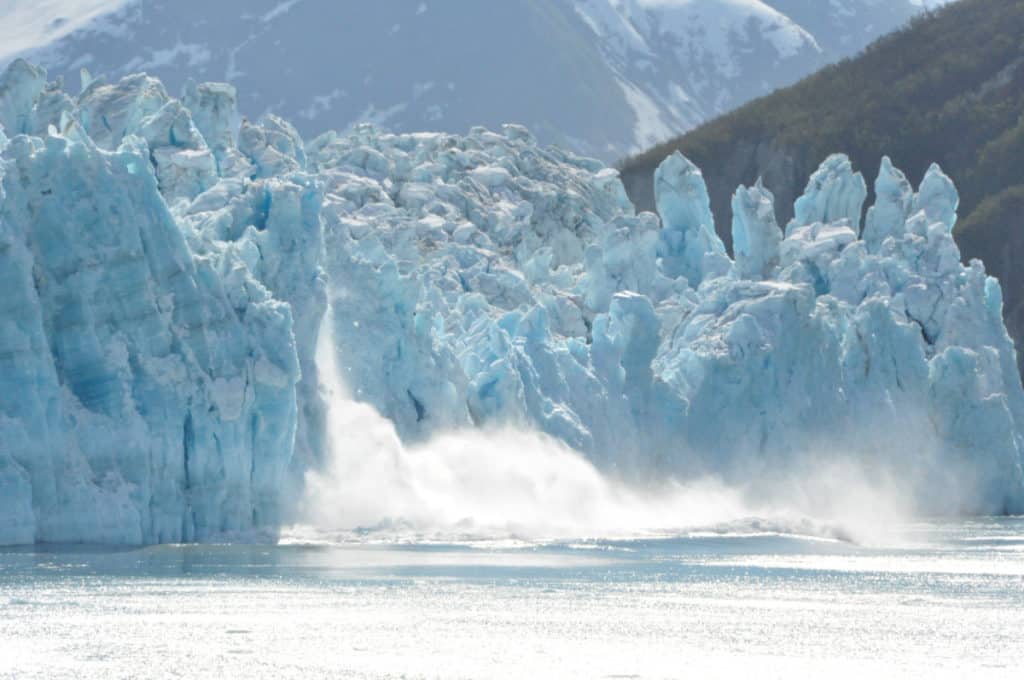
One thing is for sure, carbon output is not an actual problem. I applaud going green for sustainability reasons such as conserving fuel for future generations and keeping forests healthy.
However, there are numerous atmospheric and agricultural studies that show our carbon dioxide density in our atmosphere is currently way too low. We are at 400ppm, but life would thrive far more successfully on 1000ppm.
Food would become more bountiful, and the minor greenhouse effect would indeed increase global temperatures slightly, but it would also make the extreme parts of the globe far more livable. People could healthily and comfortably live on the equator because atmosphere protects against solar rays, and people could healthily and comfortably live further North and South because the atmosphere would trap more of the heat in those areas.
Again, I appreciate your dedication to sustainability!